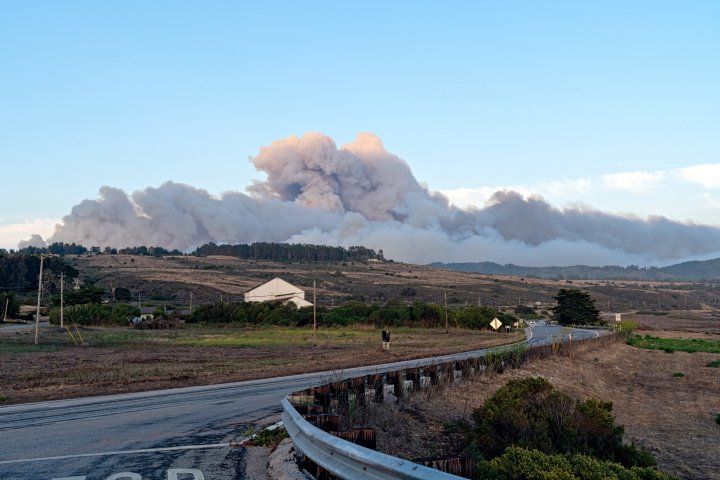Wildfires are again raging in California, but this year’s season began in a perfect storm of smoke from the blazes, a scorching heat wave, and the ongoing COVID-19 pandemic.
During a typical wildfire season, hospitals see more people coming in for respiratory issues, said Stephanie Christenson, MD, assistant professor of pulmonology at UC San Francisco. The worry this year is that the smoke from wildfires could increase the severity of COVID-19 symptoms.
Though there have yet to be studies looking specifically at the effect of wildfire smoke on COVID-19, there is preliminary research linking air pollution to increased COVID-19 susceptibility, severity and death, said Christenson.
With wildfire smoke, and air pollution generally, the most concerning are the microscopic particles that are about 2.5 microns in size (about 30 times smaller than the width of a human hair), which can be inhaled deep into the lungs, said John Balmes, MD, professor of medicine. There, these tiny toxins can injure the lining of the lungs, in a process known as oxidative stress, and cause airway inflammation.
Added Injury to the Lungs
People with certain chronic respiratory conditions, such as asthma, already have airway inflammation, and the added inflammation from wildfire smoke would be particularly harmful, said Balmes. “There is no question that wildfire smoke can exacerbate these pre-existing conditions.”
If our reporting has informed or inspired you, please consider making a donation. Every contribution, no matter the size, empowers us to continue delivering accurate, engaging, and trustworthy science and medical news. Independent journalism requires time, effort, and resources—your support ensures we can keep uncovering the stories that matter most to you.
Join us in making knowledge accessible and impactful. Thank you for standing with us!

